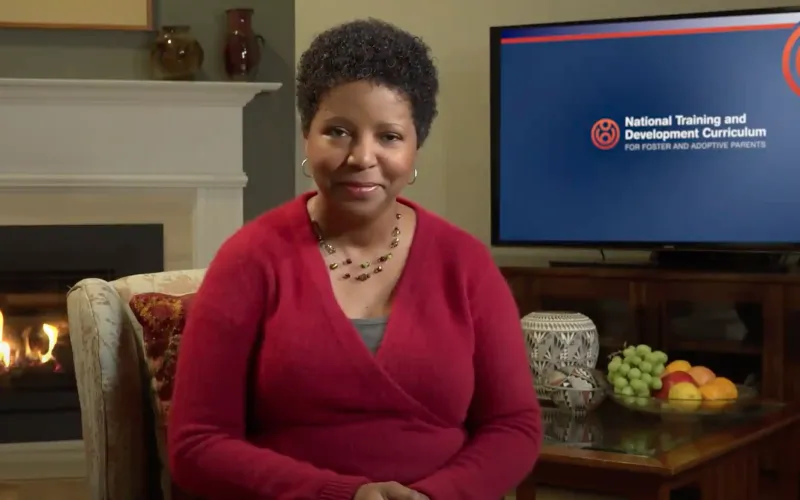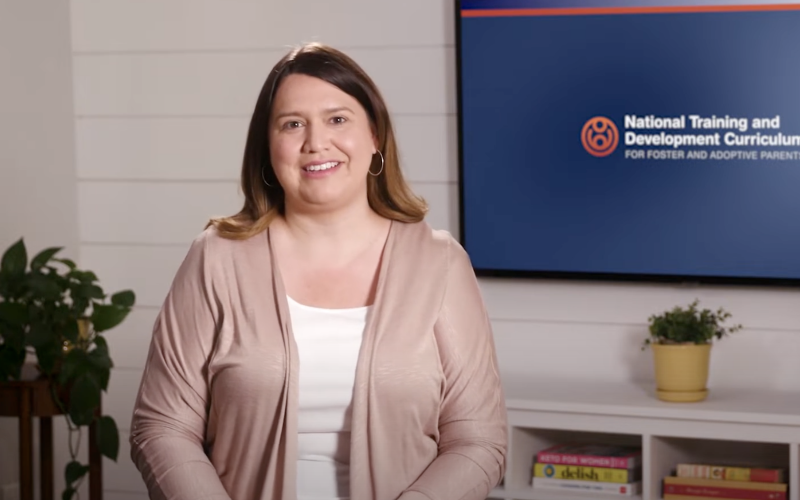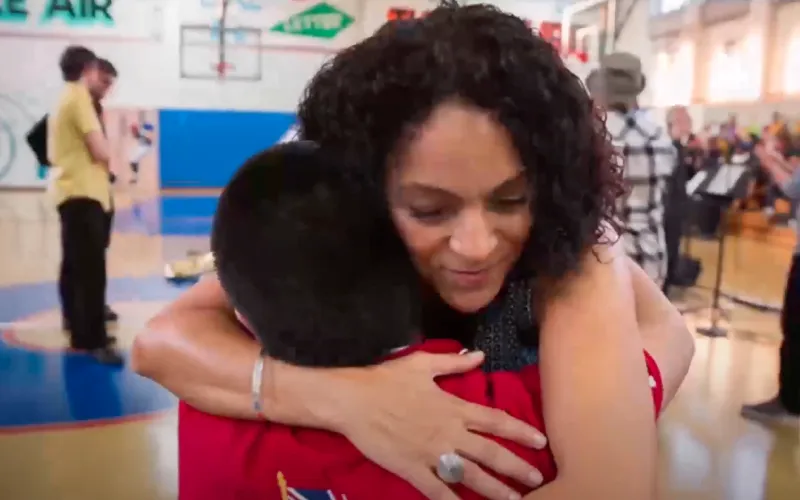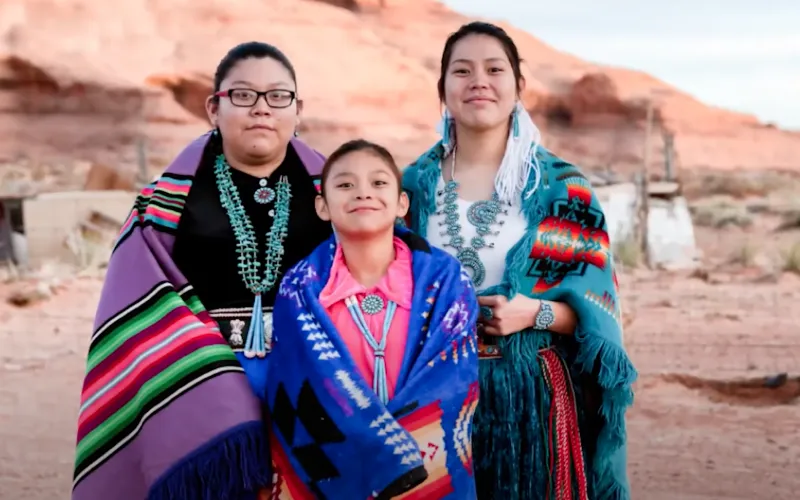NTDC classroom-based sessions are designed to be delivered locally. Foster, kinship and adoptive families will work through their local jurisdictions to ensure they are following their required training process. Connect with your local agency to ensure you’re all set on your journey through the process!
Words From Facilitators
I loved the material, especially the displays of understanding and the stories!
I appreciated the activities that tugged on my own emotions because it took a personal experience and related it to what kids in foster care experience but to a higher degree.
The “Real-Life” videos and examples are also excellent tools for empowering foster/adoptive parents.
Theme content incorporating many podcasts and real life videos will greatly enhance foster parent training.
Material is well organized, rich in content for families and easy to understand.
Love the trauma informed material that will help parents gain a better understanding of child’s behavior.
The building of themes really work well together. It flows very well in the format.

Quick Links
Sign up to our mailing list!
NTDC was funded by the Children’s Bureau, Administration on Children, Youth and Families, Administration for Children and Families, U.S. Department of Health and Human Services, under grant #90CO1134. The contents of this document are solely the responsibility of the authors and do not necessarily represent the official views of the Children’s Bureau.








